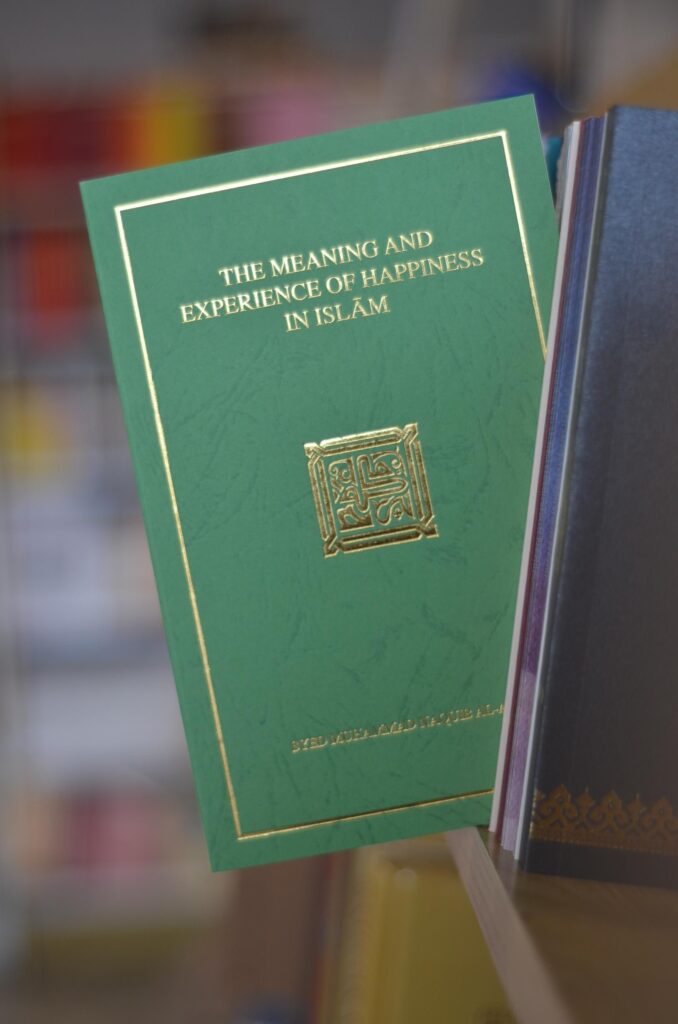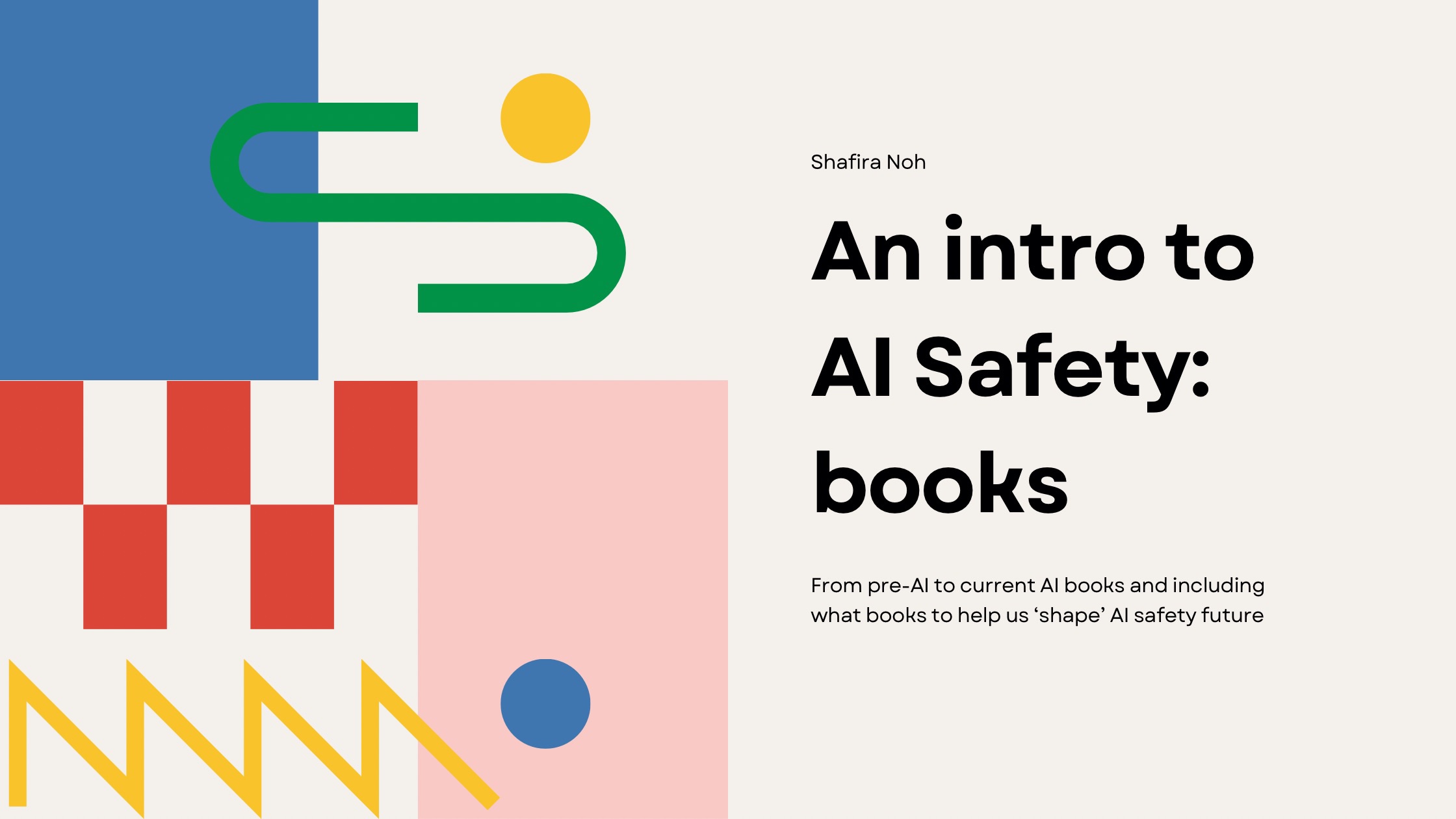There’s a voice that rumbles beneath us
and after the end the voice still reaches us
Like a bird that cries in hunger
or a song that pleads for a different future.
Because all of us dream of a different future.
And somebody needs to listen.
To pause. To hold.
To inhale, and find the moment
before the exhale, when everything is in balance
and nothing moves.
(Neil Gaiman, After Silence, a tribute for Rachel Carson)
I remember having this thought to write this before my AI podcast recording with brother Syed Muhyiddin and Ayman Azlan at Akademi Jawi.
The idea that to talk and understand about AI, and particularly in my area here, AI safety, one must have some good entry doors to get into this. Yeah, I’m playing the metaphor of imagining AI as a house, and to get into the house, there are few doors into it, to prevent oneself from just fall of like Mr Bean in the middle of things from nowhere.
TLDR: skip to the list of books
So, this would be an honest intro to AI safety if you’re keen to read more about it. I’m saying ‘honest’ because it is personal as to how I (Shafira) get to AI safety, and it may not be as academic. This would compile what’s already out there and what’s not already out there.
And the more specific audience I have in mind would be Muslims as the overlaps between AI and philosophy is rather important and a rising need for us to step up and understand this topic better.
Why: AI, unlike other digital technologies, probes us rather closely into our understanding as a man, what is intelligence actually, what is consciousness and perhaps agency, and to make it more pragmatic, what is work to us (as there are a lot of talks on how AI can replace human jobs).
The foundation – pre-AI years
The shaky grounds about AI is on human, so


Leave a Reply